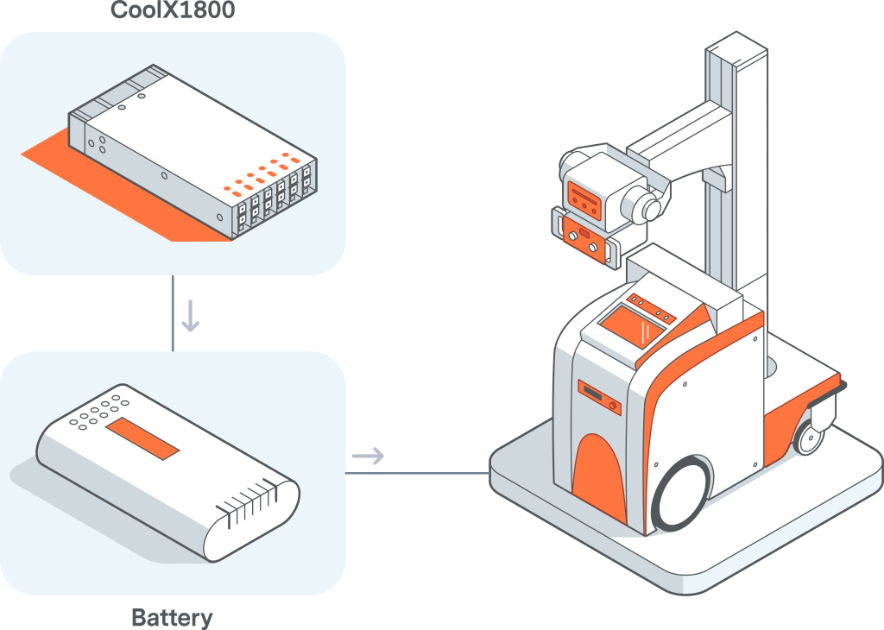Preparing Your Business for Artificial Intelligence and Digital Transformation
投稿 2月 28, 2018 によって Lior Landesman
Have you noticed how good the voice recognition feature on your smartphone has become? Your phone understands you better than ever because the artificial intelligence algorithms that interpret speech, in this case the Apriori algorithm has evolved. (Apriori enables the auto complete functionality joining words based on learned association.) It’s one part of why 55 percent of teenagers and 41 percent of adults use voice search more than once each day.
A convenience like text-to-speech searching has relatively small impact, but it’s nice to have. Let’s shift the conversation to how AI is changing enterprise operating strategies and, in some instances, supporting enterprise-wide digital transformation, which promises huge impact.
Serious Efficiency Boost
Briggs & Stratton Corp. is moving production facilities from Japan to Statesboro, Georgia and Auburn, Alabama. They are using robotics and automation in advanced manufacturing to reduce the hours needed to manufacture products; the efficiencies gained offset the costs of the higher hourly wages paid to American workers, to the point that it makes financial sense. Briggs CEO Todd Teske is confident the company will realize further advantages, saying, “It’s the U.S. workforce. If you give them the tools, the amount of labor (hours) in the product goes down.”
Improving Machines that Make the World Work Better
GE CEO John Flannery described the digital transformation of the company in a keynote address at #GEMM17, saying that “we always had high hopes, and the more we see, the more we like it. We are all in. AI has the ability to help solve problems that software alone can’t.” Keep in mind that he is talking about industrial manufacturing, not marketing or ad targeting. He grounds the discussion by pointing out that “GE’s customers are getting real results. And that has translated to GE seeing one-hundred percent year-over-year growth for our Predix-powered orders.” To sum up, he says, “the world has changed, and the industrial world must change with it.”
Getting Ready for AI
The fact is that AI will be more a part of manufacturing, regardless of where your company sits on the digital transformation continuum. The question now becomes: “How do we prepare for that transition with minimal risk, and to our greatest advantage?” Here are a few answers, culled from my research on the internet.
- Start small – Identify one problem, ideally one related to an operational objective that provides an opportunity to measure the outcome, as a starting point. Go from there, iteratively applying AI to new issues that can be clearly measured and evaluated for ROI.
- Prepare for even bigger Big Data – The more data, the better, and connected machines will produce data an unprecedented volume. Machine learning depends on providing the algorithms with more and more data to use in making decisions. This impacts your network and datacenter strategy. One way or another, you will experience pressure on your network caused by increased data transfer, the potential for higher costs for data transfer from your ISP and high probability that you will need to expand your storage capabilities, and budget for that increase.
You need a strategy that addresses issues such as where data gets stored in hybrid cloud deployments – so that you comply with industry mandates for security, or NIST SP-800-171 if you are a contractor or subcontractor to the DoD – and how that will be adapted as digital transformation matures.
- Improve data analysis capabilities – You’ll need to be capable of mining the data for actionable information. That means incorporating business analytics solutions (maybe even that ERP overhaul you’ve been dreading) and hiring personnel with the required data analysis skills. As an aside, retaining that talent is also to your advantage, just as it always has been.
- Plan for network adaptation – Consider how adding smart machines will impact your wired and wireless networks now and in the future, as sensors, actuators and other digital process control devices proliferate.
- Consider the culture – One of the greatest challenges is the fear that AI drives robots and robots take jobs from people. An article in the Chicago Tribune reports that the vast majority of jobs lost in manufacturing over the recent past has been due to robotics; it’s important to note that the reduction hasn’t been caused by robots alone, but job loss is a real issue. On the plus side, robotics has enabled people to transition to other, higher paying positions as well. And, as noted above, robots can reduce costs such that enterprises can afford to keep jobs in the U.S
What about competitors?
Considering the potential for radical operational improvement, higher quality products and lower costs, it would make sense that there’s a rush to AI, the Internet of Things (IoT) and rapid transition to smart factories. Not so fast. While recognizing the potential, “slow adopter” industries such as manufacturing are staying true to their nature. The professional services company, Accenture, recently said that while 50 percent of industrial equipment companies believe that AI will transform them in the next three years, only 10 percent of automotive companies and 18 percent of industrial equipment companies asserted that they are well prepared for this evolution.
Odds are favorable that your company is approximately at the same stage as your competitors. That may be reassuring today, but taking initial steps to embrace a truly disruptive technology, AI, could put you a step ahead of others in your industry.


